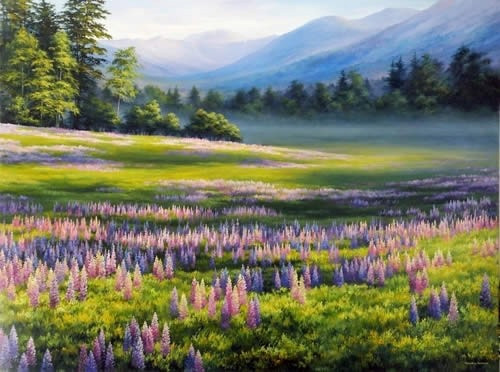Increasing Urbanization Costing Native Flora: Study

More than half of the world's population now lives in cities, yet we know little about how urbanization affects biodiversity.
In one the first studies of its kind, ecologists in Indianapolis, USA have used 70-year-old dried plant specimen to track the impact of increasing urbanization on plants.
Led by Dr Rebecca Dolan, director of the Friesner Herbarium, Butler University, the team examined 2,800 dried plants collected around Indianapolis before 1940 and compared these with plants they and their students found at 16 field sites between 1996 and 2006.
The study found that that increasing urbanization has wrought major changes to Indianapolis's plant species. Although the city supports a similar number of plant species - around 700 - today's flora has fewer native plants and more non-native species, which have been introduced from other parts of the world and are now spreading on their own.
The study found that over the past 70 years, Indianapolis's native plants have been lost at a rate of 2.4 species per year, while over the same period 1.4 non-natives arrive each year.
This study shows that our flora is becoming less distinctive, Dolan said in a statement.
Plants now lost to Indianapolis include Queen-of-the-prairie (Filipendula rubra), a member of the rose family with fantastic wands of pink flowers. It was last found growing in a damp spot by the Water Canal at 52nd Street in July 1935. Another loss is the Virginia bunchflower (Melanthium virginicum), a member of the lily family with striking stalks of white flowers.
The study has important lessons for cities, biodiversity and the potential dangers posed by non-native species.
As cities continue to grow, urban green spaces are becoming important refuges for native biodiversity and for people. In coming decades, most people's contact with nature will be in urban settings, so the social importance of urban plants has never been greater, Dolan said.
A clear message for the future is to be careful when planting non-native material, especially in great numbers, due to the likelihood of introduced non-native plants becoming pests, she says.
The results of the study are published last week in the British Ecological Society's Journal of Ecology.
© Copyright IBTimes 2024. All rights reserved.





















